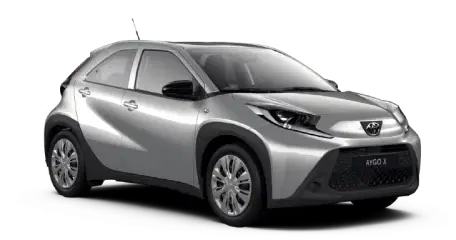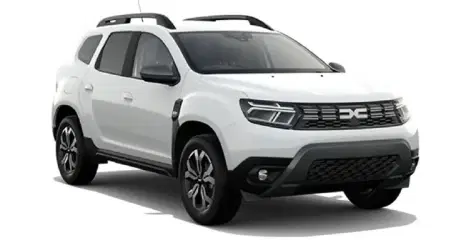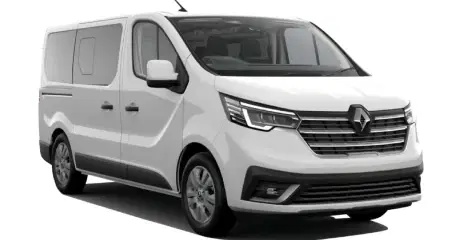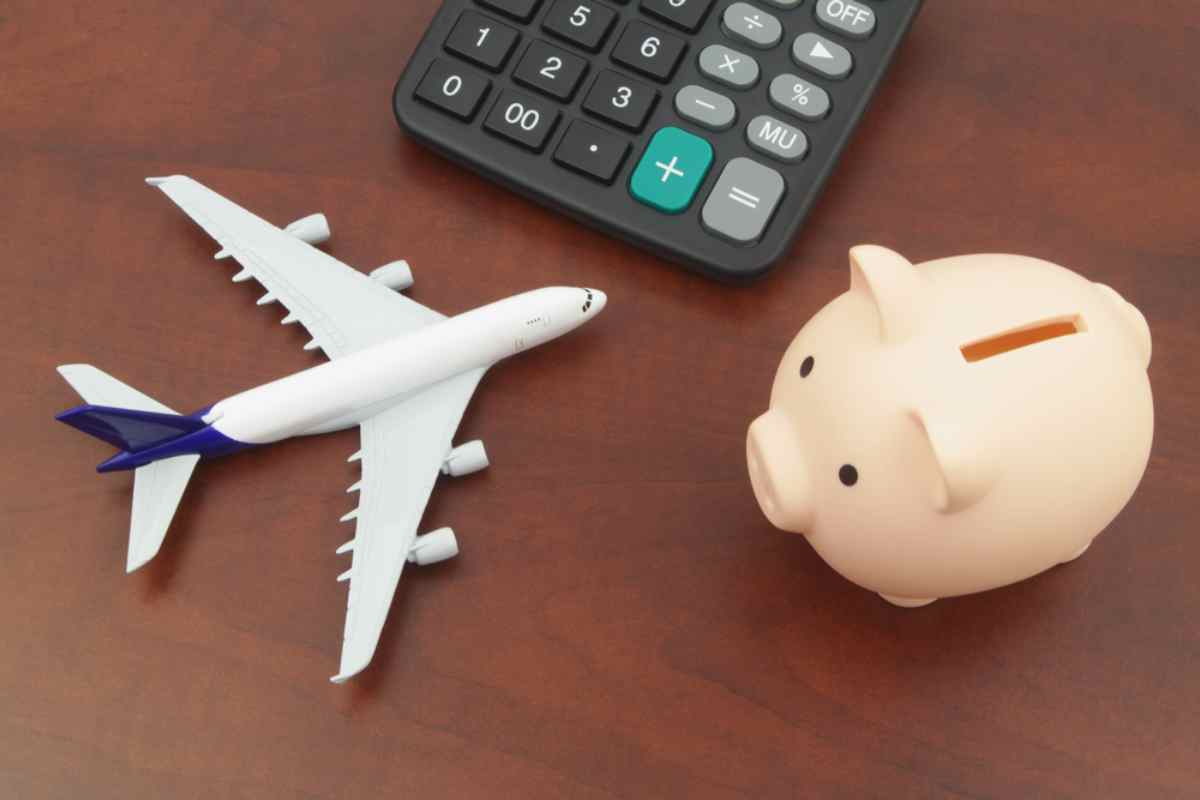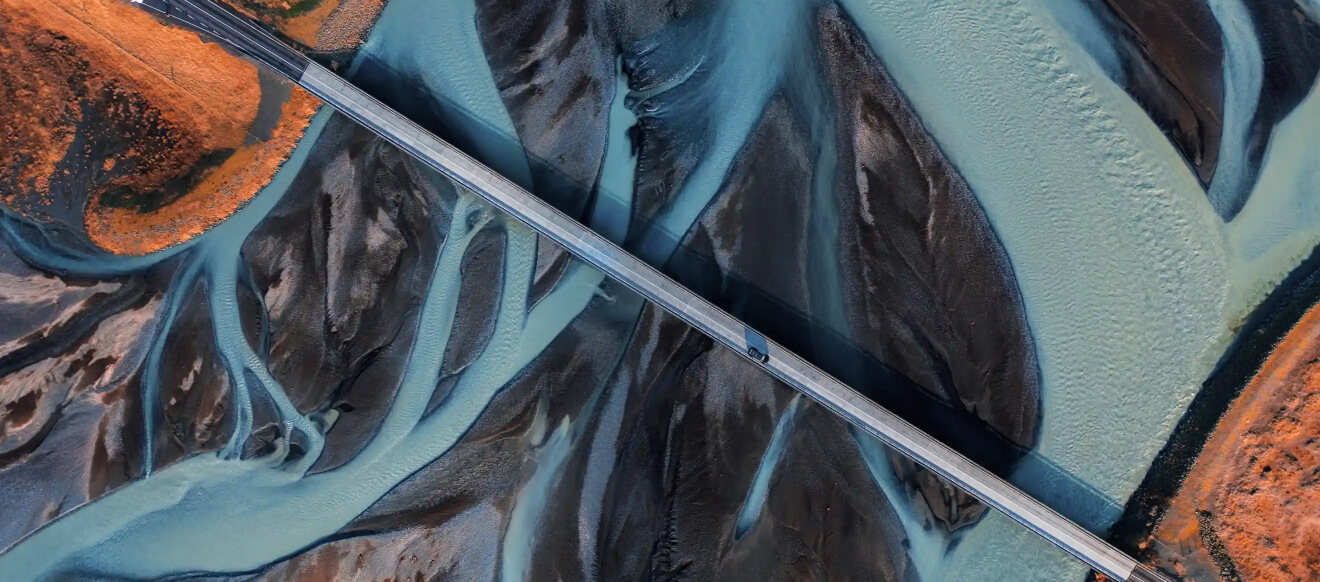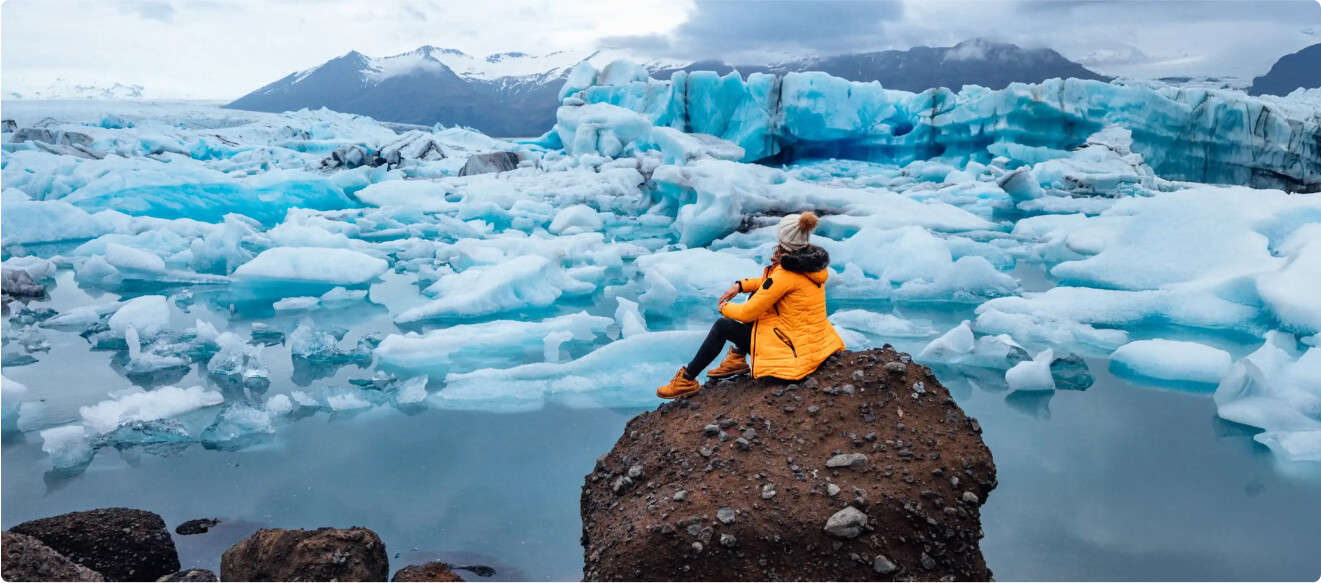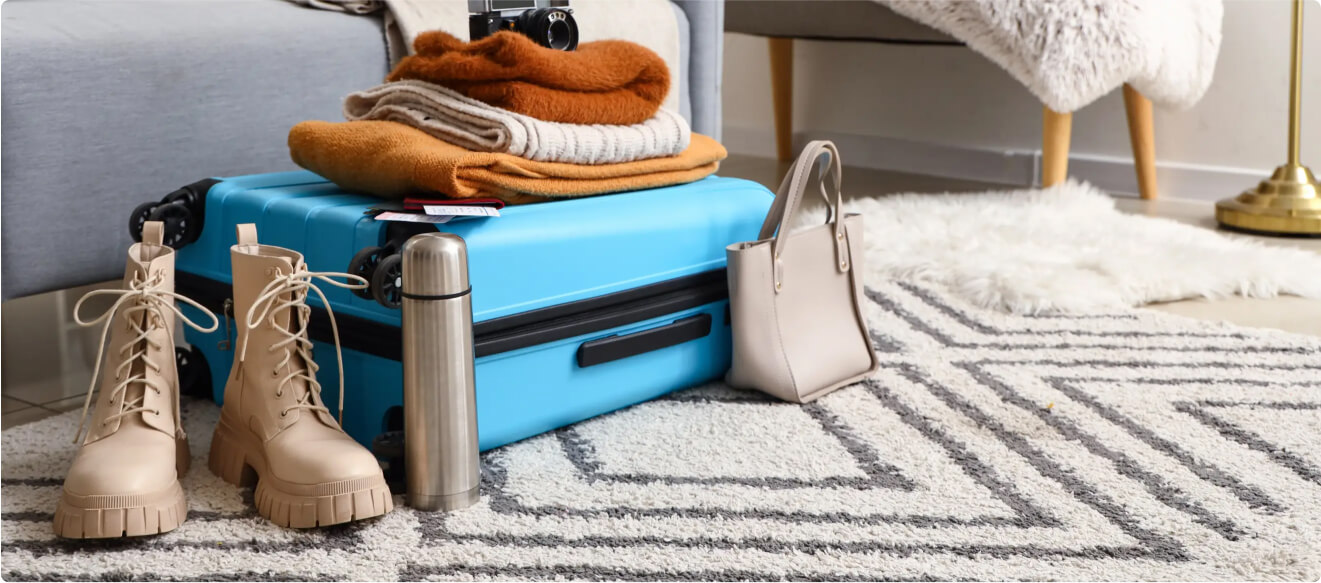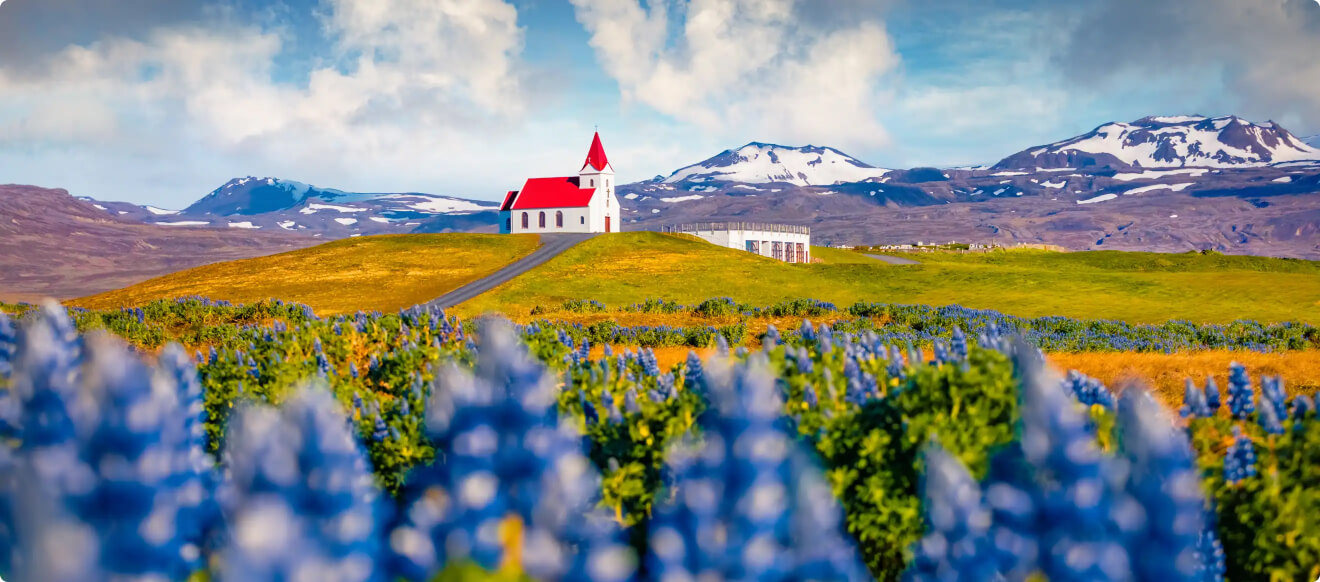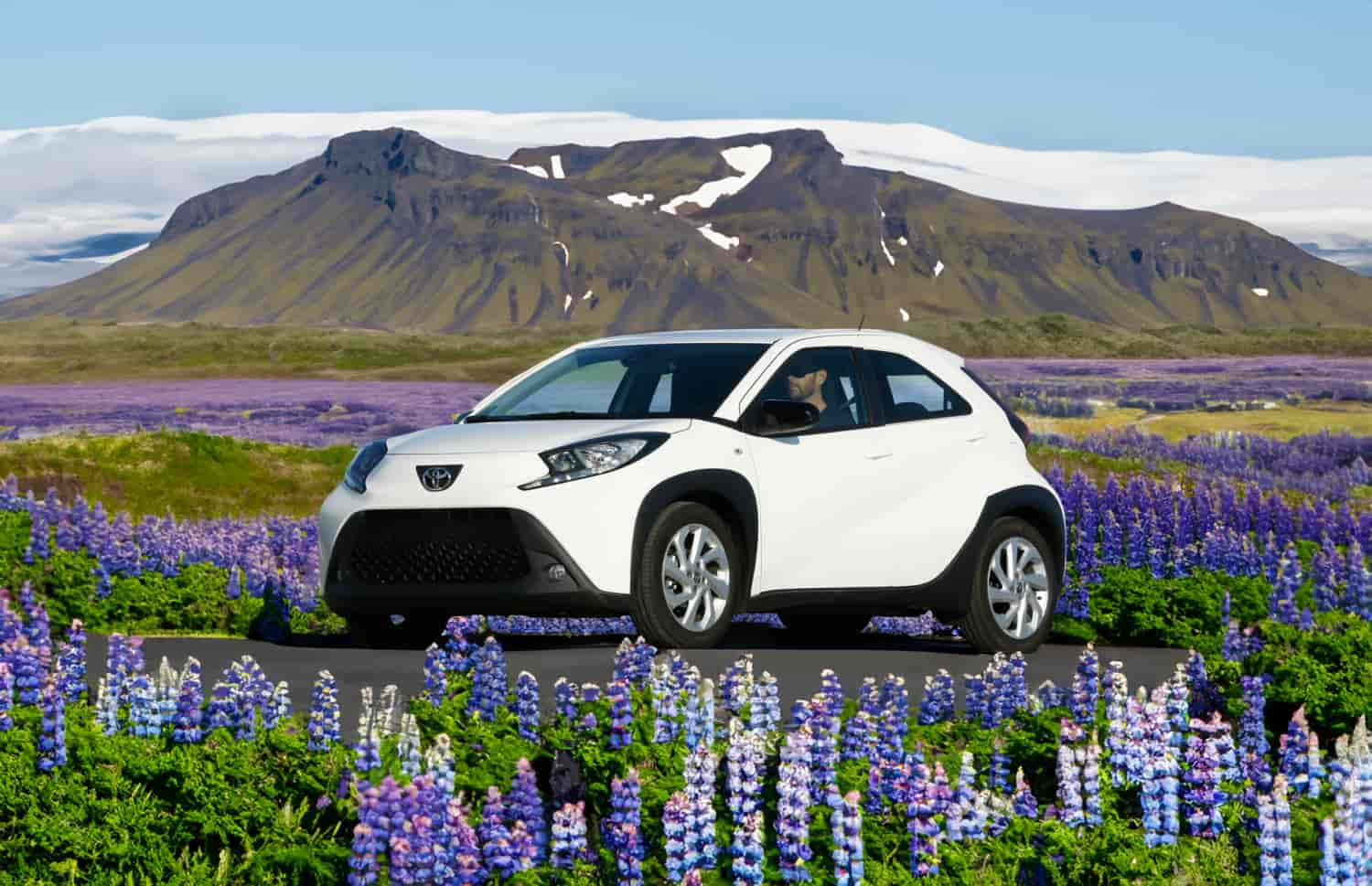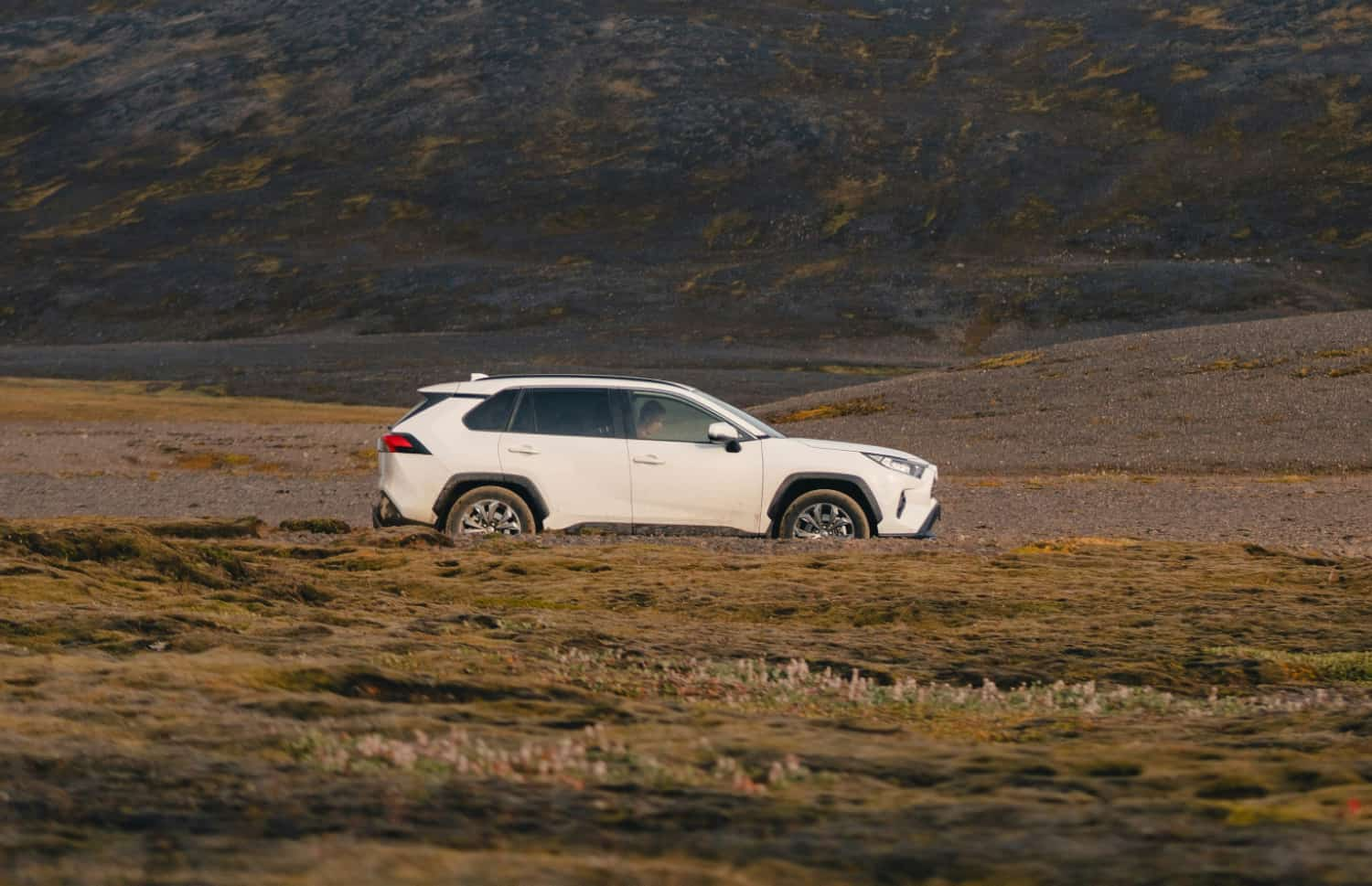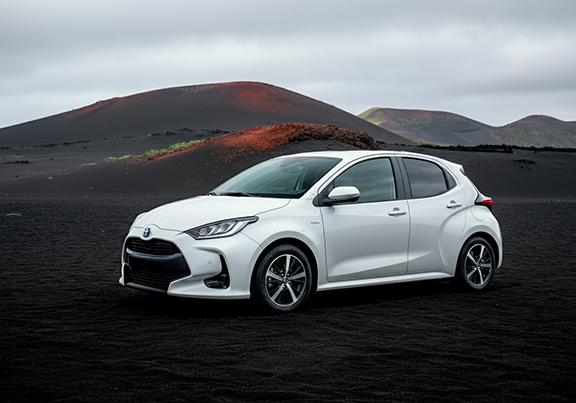Anyone who visits our country will be amazed by the surprises that await them here. We have, of course, stunning landscapes, majestic waterfalls, vast glaciers, and fiery volcanoes. There are also other surprises that might not be as obvious. If you’ve already read something about Iceland, you might be wondering: how expensive is it? Or even, why is everything so expensive in Iceland?

In this post, we will answer several questions related to this topic that will interest most travelers. We are always looking for ways to save some money during your trip, and here, we will obviously do the same. With prices comparable to capitals like Madrid or Vienna, every crown counts on your visit to Iceland.
Is Iceland expensive?
Is Iceland an expensive country to visit? In one word: yes. I think it’s best to be honest from the start and call things by their name. Iceland is currently the fourth most expensive country in the world. Bermuda, Switzerland, and Norway take the top spots.
But why is Iceland so expensive?
You’re probably already wondering why we have such high prices in Iceland. Well, to begin with, geography plays a big role. The fact that the country is located on a small island in the North Atlantic is crucial. Not only are we far from everything, but the climate is also quite harsh.
It’s difficult to grow products here. While we have an abundance of fish and livestock, it’s hard to grow fruits or vegetables in the country. This means that many of the fresh products you see in stores are imported. And of course, that costs money. These costs are then passed on to the consumer in the final price they pay in Icelandic crowns.
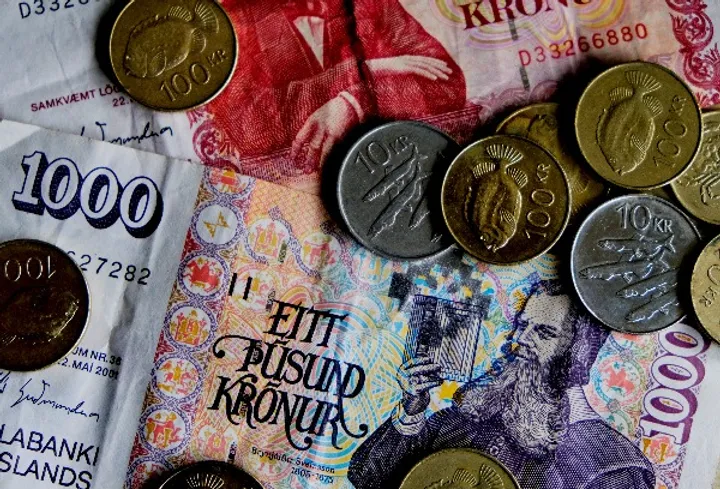
Another reason why prices in Iceland are so high comes from alcohol taxes. You may be surprised, but alcohol is one of the most taxed products in Iceland. Alcohol taxes in the country, which include VAT and the specific tax on alcoholic beverages, can easily account for 80-90% of the final cost of your drink.
For example, a liter of vodka costs around €40 in Europe. In Iceland, it’s close to €62. Oh my! Unless you’re planning to rob a bank, you need to be careful with your alcohol consumption in Iceland. But don’t worry, we’ll give you some tips so you can at least enjoy a drink during your visit.
Costs of traveling to Iceland
Let’s get to the essentials. To answer the question of how expensive Iceland is, we must analyze certain products. The cost of these items will directly affect your final expenditure and give you an idea of the prices in our beautiful and expensive island.
Is it expensive to eat out in Iceland?
During your Viking adventure, you must stop by one of our wonderful restaurants scattered across the island. It’s almost mandatory to try our typical dishes such as alpine trout, lamb, and the famous charcoal-baked bread. We have dozens of restaurants like Dill, Kol, or Kopar.
A meal at Dill, located in downtown Reykjavik, will cost you around 13,900 ISK (€99). Add wine pairing and it’s another 11,900 ISK (€85). Keep in mind that this restaurant has a Michelin star. But dining at any other restaurant will cost you a few thousand crowns less. For example, ordering just a main dish at Kopar will cost you around 5,000 ISK ($40 or €36). As you can see, eating out in Iceland is not cheap.
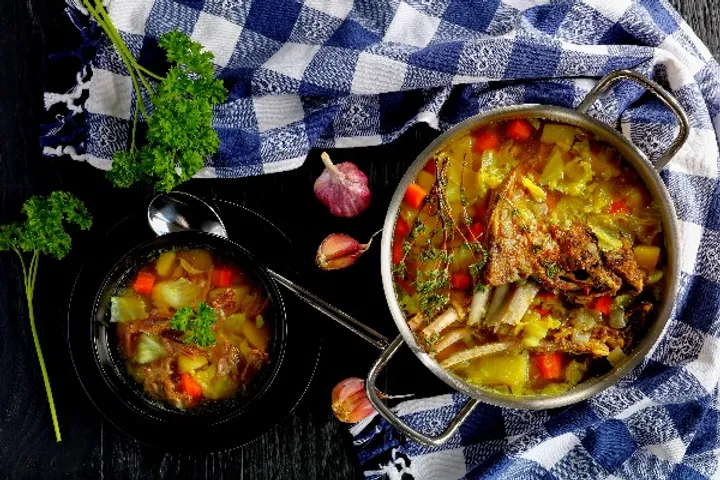
There are also, as you would expect, places to eat much more cheaply in Reykjavik. The Hlemmur market is a great option, with bakeries and cafés.
Fuel prices in Iceland
In addition to food, gasoline or diesel will take a big chunk of your vacation budget. Rental cars in Iceland are one of the most common ways to get around the country. They are the best way to visit places like hot springs or the Thingvellir National Park on the Golden Circle route.
Fuel prices in Iceland typically fluctuate between 230-240 crowns (€1.72) per liter. For our American friends, that would be around $7 per gallon. To know how much fuel you’ll need, calculate your route and use the estimated fuel consumption of the vehicle you’re renting.
Saving money in Iceland
Many of us tend to have a budget when we travel. It might be more or less detailed, from how much you spend on food per day to your total trip expenses. No matter how you make the calculation, everyone likes to save a little on their budget.
Basic tips to save money in Iceland
The most common tricks to save include using public transportation and bringing your own reusable water bottle. The tap water in Iceland is fresh, tastes good, and is potable, so refill your bottle whenever you need – it's free!
Also, if you visit Iceland during the off-season, you'll get great discounts. You’ll pay up to 40% less for your car rental or accommodation if you don’t visit us during the peak season.
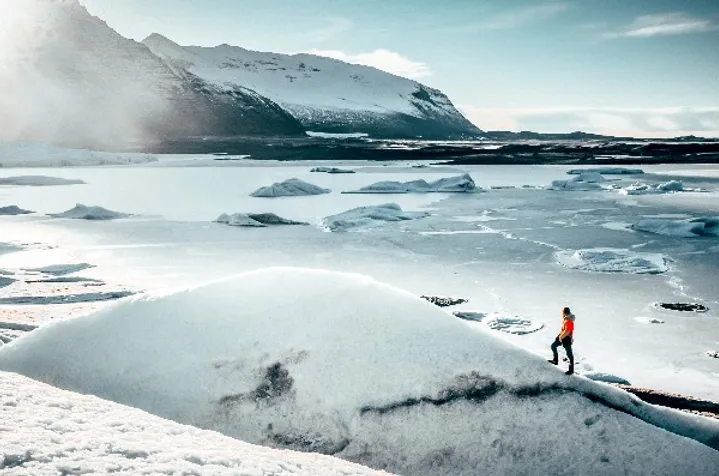
Fuel cards
Fuel cards are also something I recommend keeping in mind, not just to save money. Many times, when you refuel at a gas station, they block a certain amount of money on your card, and it can take days for it to be unlocked, meaning you can’t use that money. Prepaid cards like those from N1 or Olis will solve this problem for you.
The Iceland Campingcard
If your plan is to stay at campgrounds, this is your card. The Campingcard is valid for 28 days from the first use and guarantees you a stay at over 40 campgrounds during the summer season. It’s great for families traveling around the island. The longer you use it, the more you’ll save.
More tips to save – Food in Iceland
Something that also surprises many tourists who visit us is how much they end up spending just on food. Often, having a soup and a sandwich at a regular bar costs €13. If you're not paying attention, you’ll feel like money is slipping through your fingers, like water at Skógafoss. Food in Iceland is quite expensive, and it’s important to keep that in mind.
Save money when buying alcohol
A simple action like buying wine, beer, or any other liquor at the duty-free store before starting your trip will also do your wallet a big favor. If you run out of what you bought at the airport, the best thing is to take advantage of the "happy hours" at bars. You can download the Appy Hour app to know which bars have the best deals.
Icelandic hot dogs and snacks
One thing you can do to stretch your budget in Iceland is join the club of Icelandic hot dog lovers. Yes, hot dogs. They’ve become more iconic than puffins, the Blue Lagoon, or the famous Svartifoss waterfall. They’re cheap, delicious, and sold everywhere, even at gas stations.
Anyway, I’d understand if you don’t want to spend your whole trip eating sausages and bread, no matter how famous the snack is. You’ll also want to enjoy a more substantial dinner at a restaurant. If you can, grab snacks and sandwiches at a cheap supermarket like Bónus or Nettó, which will also help you save on some meals.
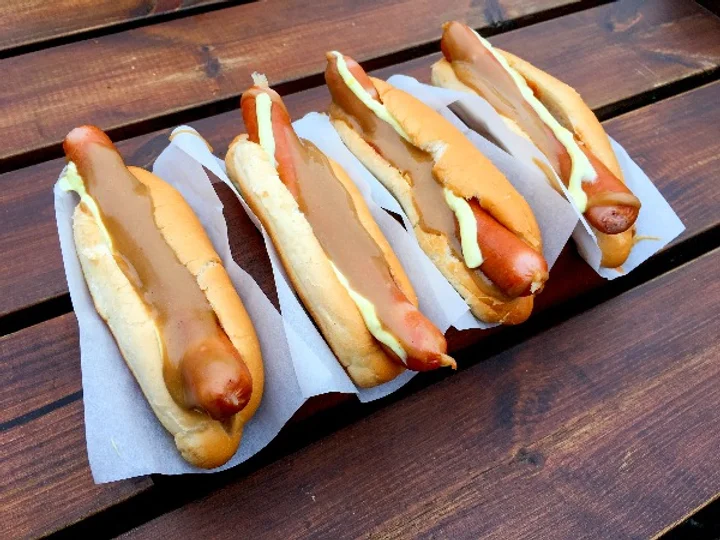
Travel to Iceland - Cost guide for travelers
In the end, traveling always costs money. When we travel to Scandinavian countries like Iceland, the best thing you can do is be clear about what to expect. Hopefully, these projections and the tips we’ve given you will help you save as much as possible during your stay in Iceland.
We also recommend that you read our shopping guide in Iceland for more tips that could help you save during your trip.





